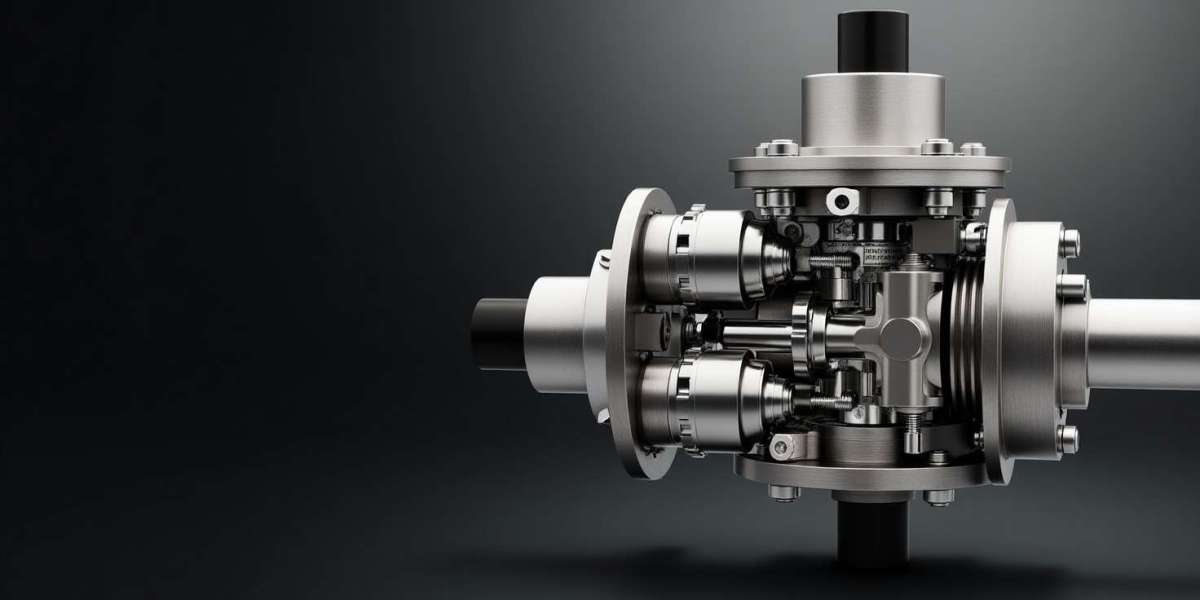Introduction
Picture this: You’re at a construction site where excavators are digging deep into the ground, cranes are lifting massive steel beams, and concrete pumps are feeding life into a skyscraper’s skeleton. Behind the noise and movement lies something less visible but absolutely vital—a compact unit powering it all: the hydraulic power pack.
Hydraulic power packs might look like unassuming boxes filled with pumps, valves, and hoses, but they are the unsung heroes of countless machines across construction, mining, agriculture, aerospace, and manufacturing. Without them, your machines wouldn’t lift, push, rotate, or drive. They are the beating heart of hydraulic systems, generating the pressurized flow that brings fluid power to life.
In this guide, you’ll walk through the fascinating world of hydraulic power packs. You’ll discover what they are, how they work, their types, components, applications, and common problems. You’ll also see how innovations—from servo motor driven hydraulic pumps to load sensing proportional valves—shape their evolution. By the end, you’ll appreciate not just their function, but their critical role in the modern industrial ecosystem.
Chapter 1: What is a Hydraulic Power Pack?
At its core, a hydraulic power pack (sometimes called a hydraulic power unit or HPU) is a self-contained system that supplies hydraulic energy to a machine. It typically includes:
A pump (gear, vane, piston, or internal gear pump) that moves the fluid.
An electric motor or diesel engine that drives the pump.
A reservoir that stores hydraulic fluid.
Valves (such as load sensing proportional valves) that control pressure and flow.
Filters, coolers, hoses, and sensors to monitor and regulate performance.
Think of it as the “engine room” of hydraulics. Instead of building a full hydraulic system into every machine, you use power packs as modular units. They deliver pressurized fluid wherever it’s needed—whether in a crane, lift, press, or even a hospital operating table.
Chapter 2: How Hydraulic Power Packs Work
When you start a power pack, the motor drives the pump, drawing hydraulic fluid from the reservoir. The pump pressurizes this fluid and sends it through valves and hoses to the actuators—hydraulic cylinders or rotary actuators—that do the actual work.
For example, in an excavator:
The hydraulic power pack pressurizes fluid.
The operator moves a joystick, signaling a valve.
The valve directs fluid into a cylinder.
The cylinder extends, lifting the bucket.
Every motion you see in a hydraulic machine—lifting, pushing, turning—is powered by that invisible flow from the power pack.
Chapter 3: Components Inside a Power Pack
As you explore deeper, you’ll find that each component plays a critical role:
Pumps: The workhorses, ranging from internal gear pumps to piston pump types.
Motors: Electric or combustion engines that drive the pumps.
Reservoirs: Storing and cooling hydraulic fluid.
Valves: From proportional valves hydraulic to directional control valves, these manage flow paths.
Filters: Keeping contaminants out of the system.
Sensors: Such as inductive linear position sensors that track actuator movement.
Actuators: Cylinders and rotary actuators that convert pressure into motion.
Each part may look simple, but together, they form a highly coordinated network.
Chapter 4: Types of Hydraulic Power Packs
Depending on your application, power packs come in different designs:
Standard Power Packs – Compact and efficient, used for general machines.
Mini Power Packs – Small, portable units for lifts and light equipment.
Industrial Power Packs – Larger systems with high capacity for factories and presses.
Portable Hydraulic Power Packs – Mobile units for field operations.
Servo Driven Hydraulic Power Packs – Advanced units with servo motors for precision and energy efficiency.
Each type is tailored to balance size, pressure, and flow based on your needs.
Chapter 5: Applications of Hydraulic Power Packs
As you look around modern industries, you’ll notice hydraulic power packs everywhere:
Construction → Excavators, cranes, and drilling rigs.
Mining → Rock crushers, lifts, and heavy haul trucks.
Agriculture → Tractors, harvesters, and irrigation equipment.
Manufacturing → Presses, injection molding machines, conveyor systems.
Marine and Offshore → Winches, lifting arms, stabilizers.
Healthcare → Hospital beds, surgical tables.
Aerospace → Landing gear and testing equipment.
No matter where you turn, these compact systems silently power the world around you.
Chapter 6: Common Problems with Hydraulic Power Packs
Like any machine, power packs face their share of challenges:
Leaks → Damaged hoses or worn seals in hyd cylinder parts.
Overheating → Caused by clogged filters or pump inefficiency.
Pump Failures → Especially in older gearbox hydraulic pumps or worn vane pumps.
Valve Malfunctions → Sticking or worn Barksdale valves or load-sensing valves.
Sensor Errors → Miscalibrated linear position sensors causing inaccurate movements.
Contamination → Dust, air, or water in fluid leading to breakdowns.
Mobile hydraulic services often step in to troubleshoot and fix these issues in the field.
Chapter 7: Maintenance and Repair
If you’ve ever faced a hydraulic failure, you know the importance of preventative maintenance. Power packs require:
Regular fluid checks and replacement.
Cleaning or replacing filters.
Inspecting hoses and seals.
Calibrating sensors and valves.
Overhauling pumps when wear signs appear.
In some cases, you may need hydraulic cylinder repair or pump rebuilds. Skipping these steps often leads to catastrophic breakdowns, costing both time and money.
Chapter 8: The Role of Technology
Today, hydraulic power packs aren’t static. They’re evolving:
Smart Sensors → Real-time monitoring of pressure, temperature, and flow.
Servo Motors → Enabling energy-efficient, precise hydraulic control.
Load Sensing Systems → Adjusting flow automatically for efficiency.
Pneumatic-Hydraulic Integration → Hybrid systems using pneumatic proportional flow control valves.
IoT and Predictive Maintenance → Machines sending alerts before failures occur.
These innovations, supported by brands like THM Huade, make power packs smarter, more reliable, and future-ready.
Chapter 9: Troubleshooting Hydraulic Power Packs
When something goes wrong, you follow a step-by-step process:
Visual Inspection – Check for leaks or obvious damage.
Pressure Tests – Use gauges to test pumps and valves.
Flow Tests – Verify system flow matches demand.
Temperature Monitoring – Identify overheating problems.
Sensor Calibration – Recheck linear position sensors or flow controllers.
By combining science, intuition, and experience, technicians quickly bring systems back online.
Chapter 10: The Future of Hydraulic Power Packs
Looking ahead, you’ll see hydraulic power packs continue to evolve with:
Lightweight materials.
AI-driven predictive diagnostics.
Integration with renewable energy systems.
Modular, easily serviceable designs.
In the coming years, power packs will not only power machines but also adapt intelligently to changing demands.
FAQs on Hydraulic Power Packs
Q1: What is the main purpose of a hydraulic power pack?
It provides pressurized hydraulic fluid to power machines like excavators, cranes, or presses.
Q2: What components make up a power pack?
Pump, motor, reservoir, valves, sensors, and actuators.
Q3: Can hydraulic power packs be portable?
Yes, portable power packs are common for fieldwork and light equipment.
Q4: How often should a hydraulic power pack be serviced?
Every 3–6 months depending on usage intensity.
Q5: What are the benefits of servo-driven power packs?
They are energy-efficient, precise, and ideal for modern automation systems.
Conclusion
You’ve now journeyed through the world of hydraulic power packs—from their inner components and applications to their challenges, repair needs, and future innovations. These compact yet powerful systems are the backbone of modern hydraulics, ensuring industries run smoothly from construction sites to hospitals.
The next time you see a crane lift steel or a press stamp sheet metal, remember that behind the motion lies a quiet but mighty hydraulic power pack. And with innovations from industry leaders like THM Huade, the future of power packs looks brighter, smarter, and more efficient than ever.














